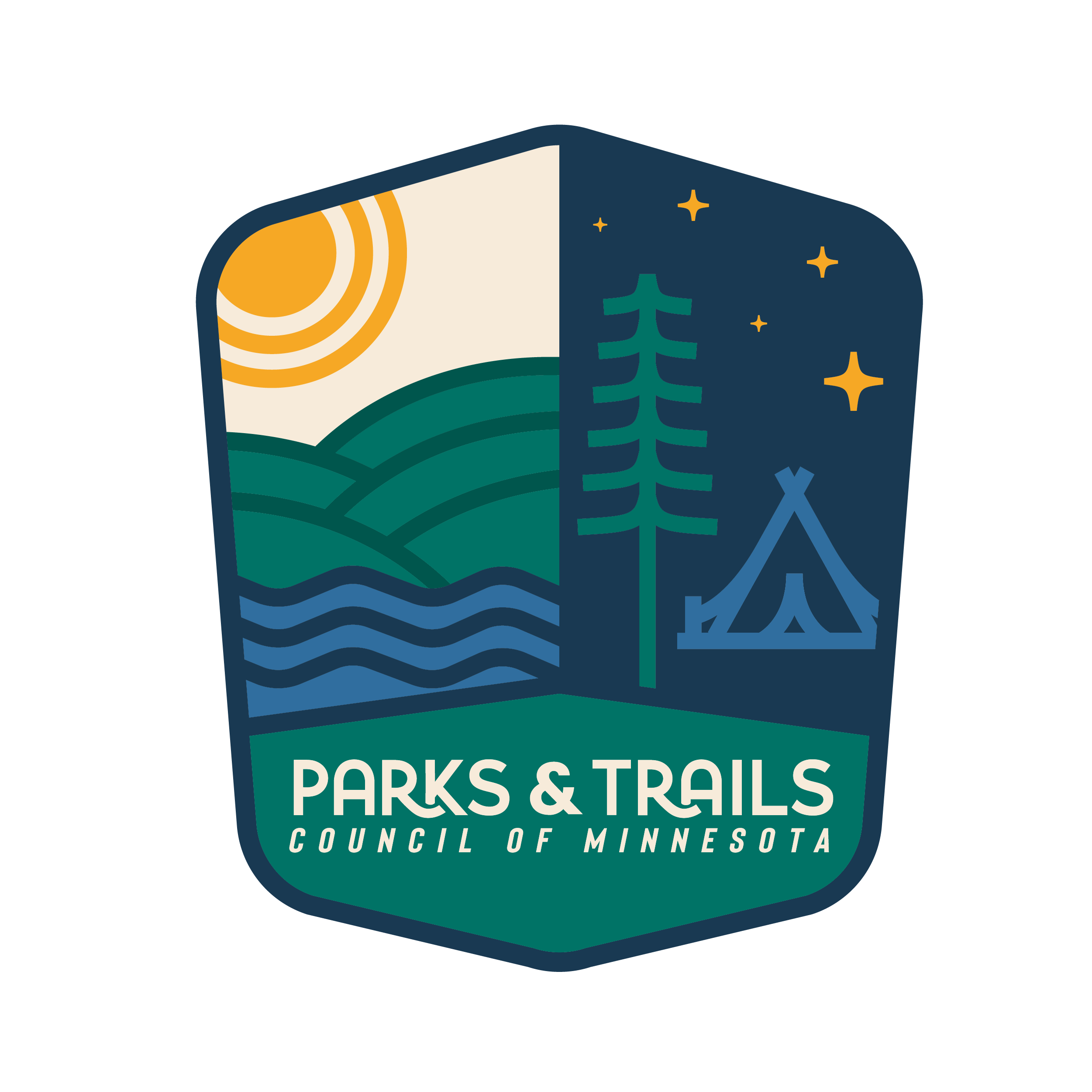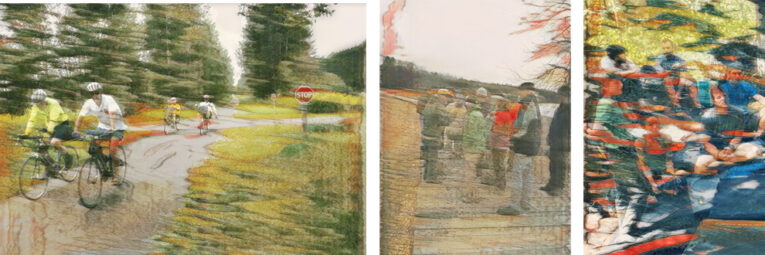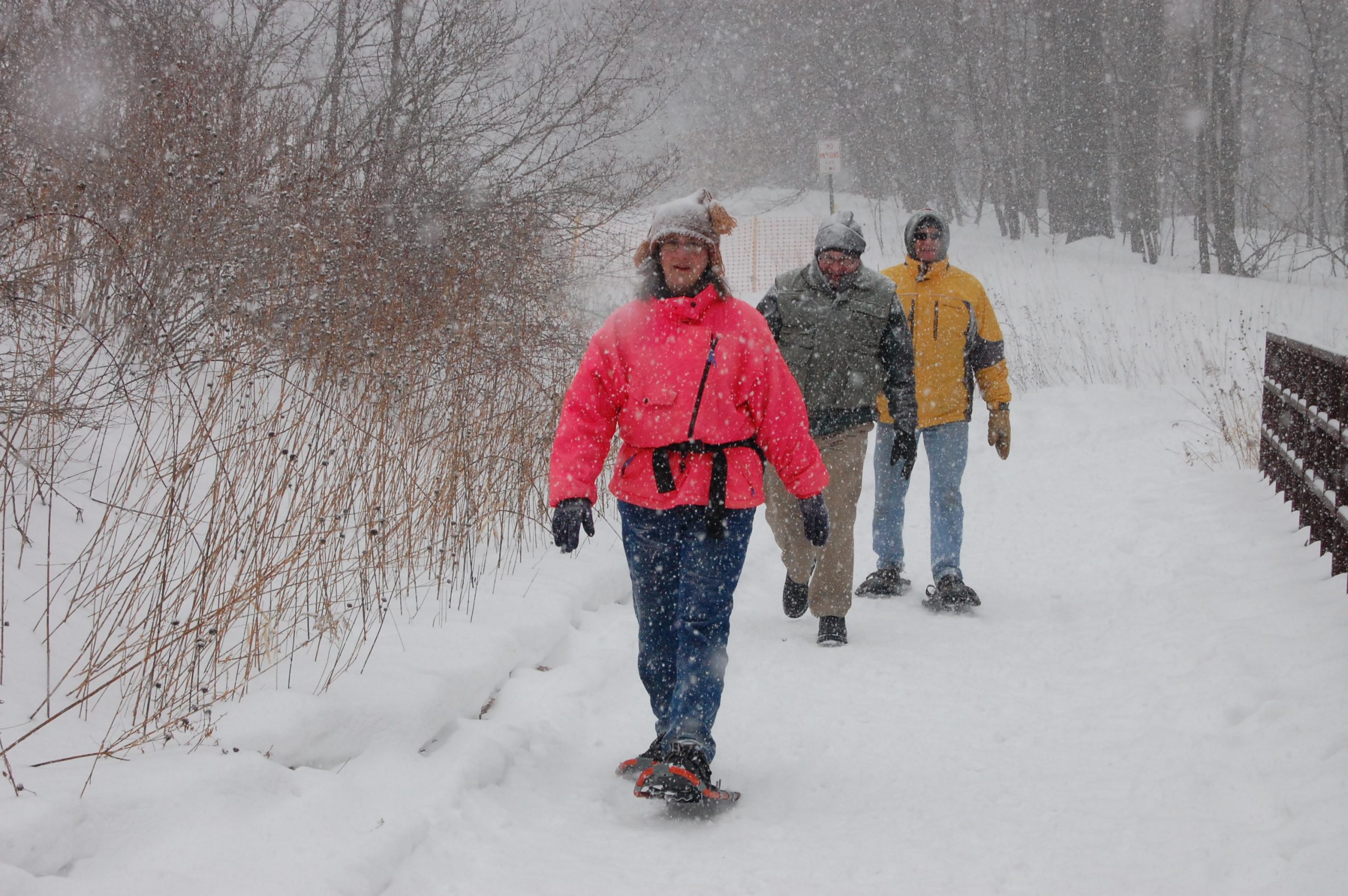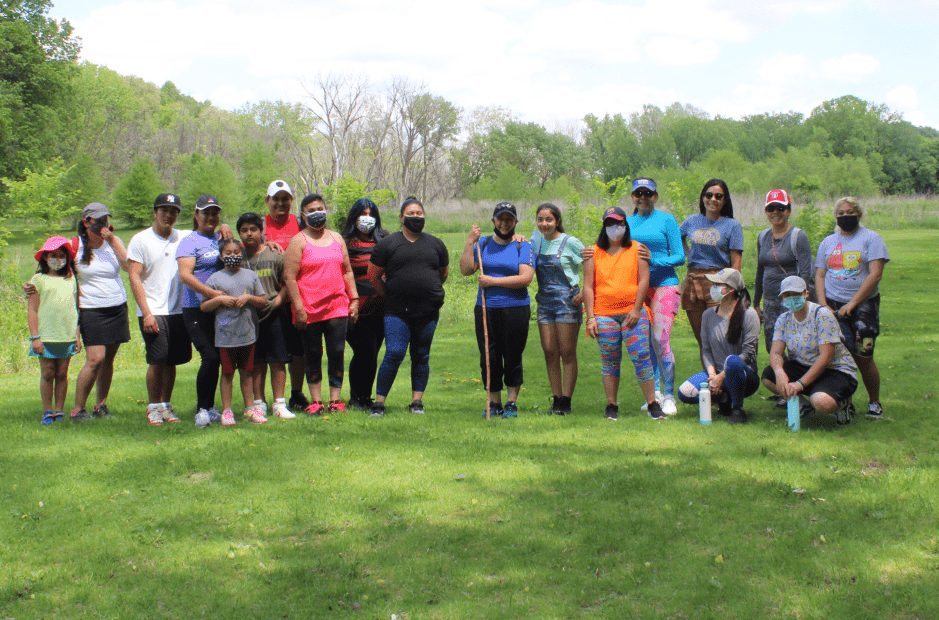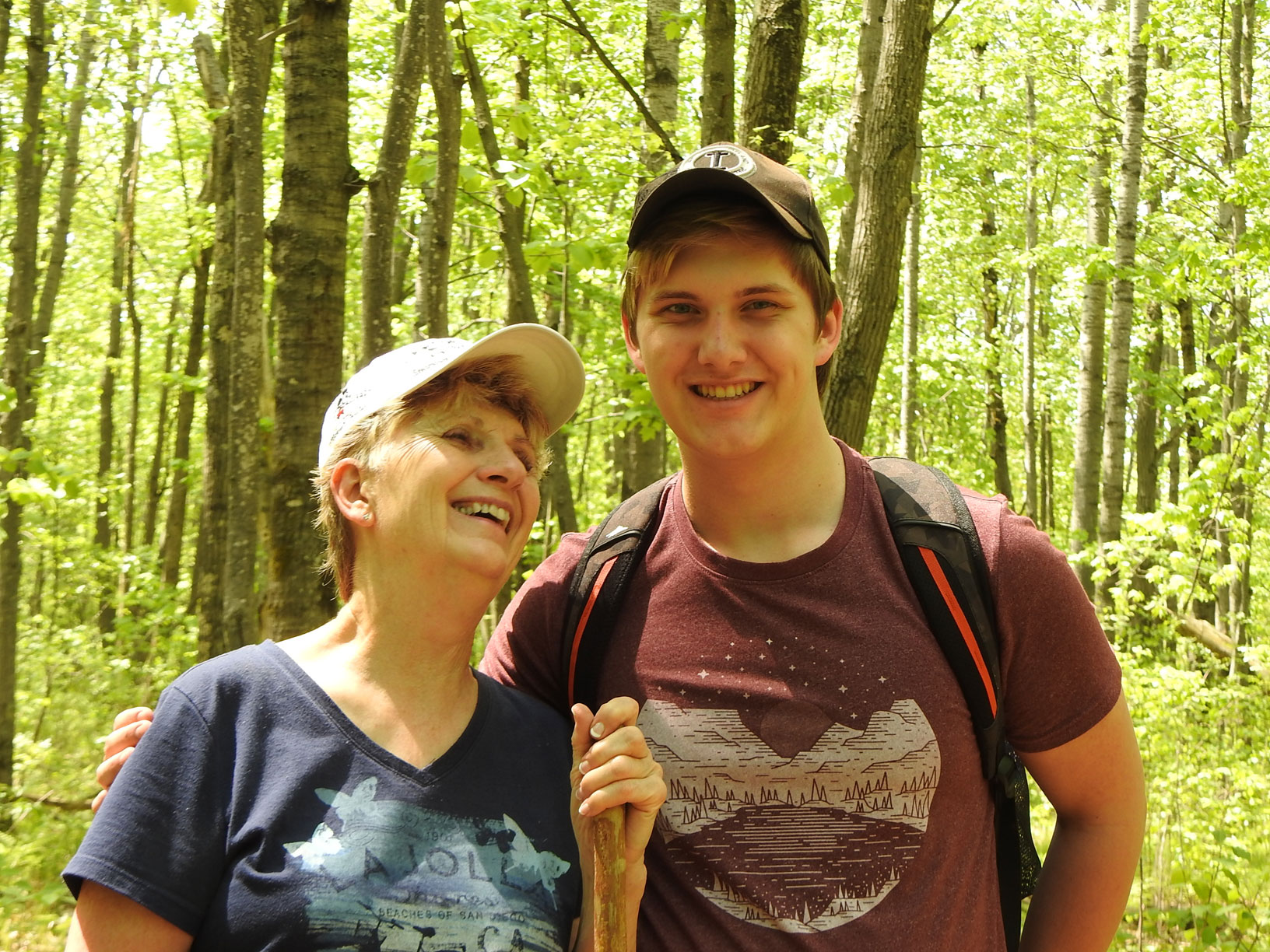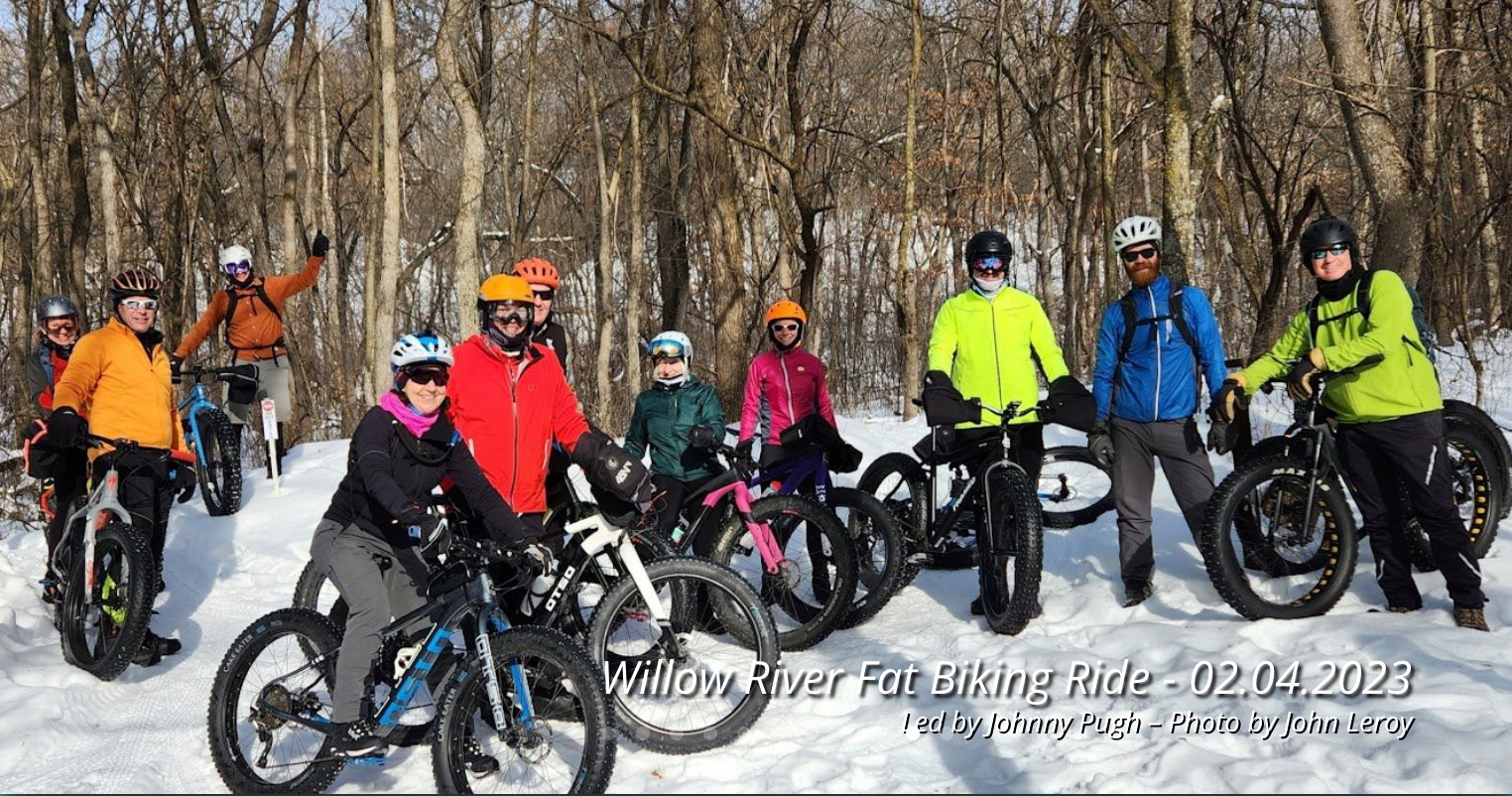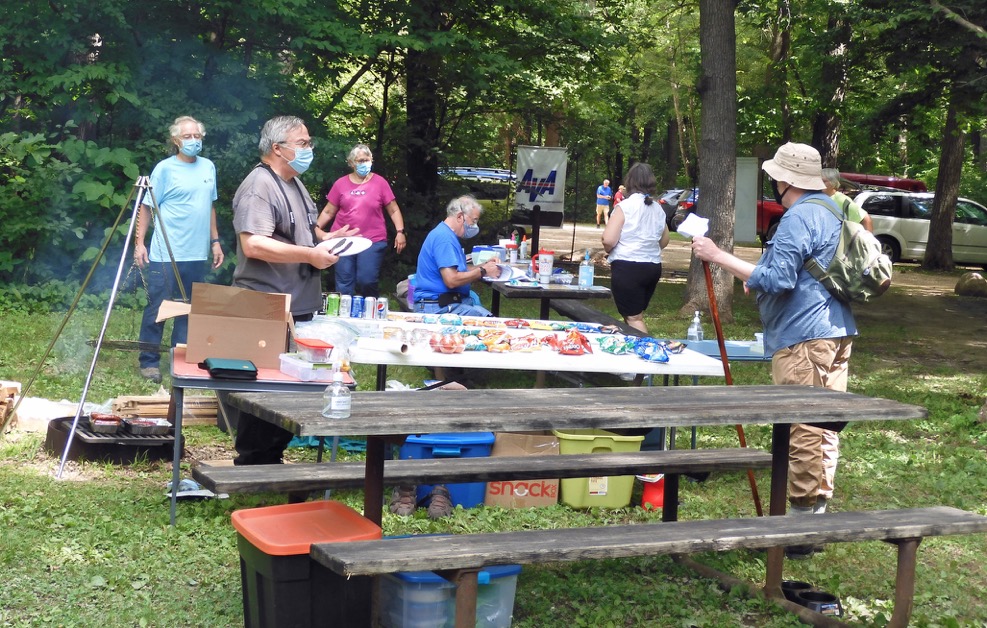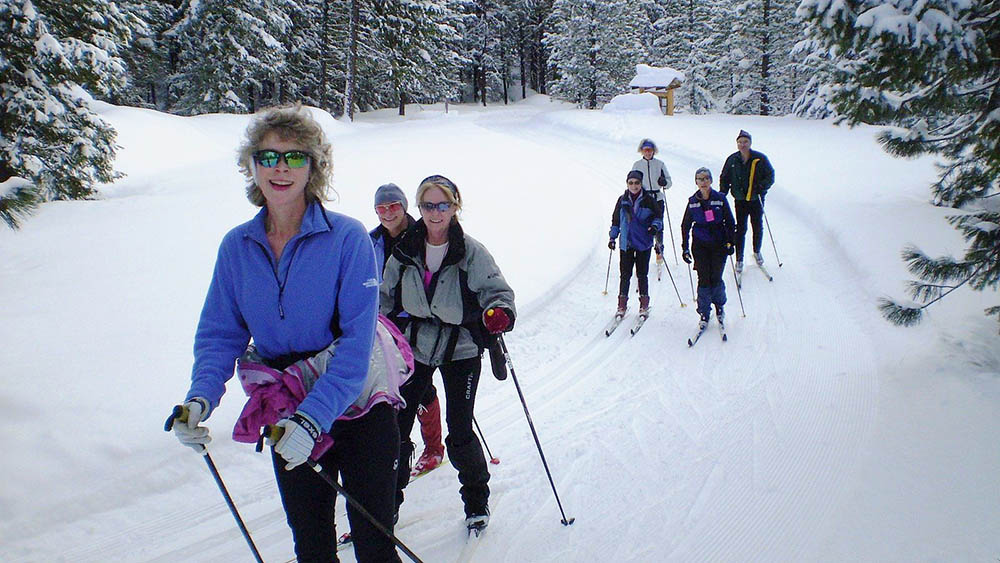Solitude in nature is precious—just you, the birds, and the trees—there’s nothing else like it. But, sometimes, the fellowship that comes from sharing the outdoors brings another kind of benefit.
Unfortunately, busy schedules and competing demands make it challenging to connect with others. Cue in clubs to the rescue! By coordinating logistics, pooling knowledge, and convening those of shared interests, clubs can open up new worlds of experiences.
Why outdoor clubs matter
Clubs used to be a mainstay of American culture. They served an important role in building and strengthening community connections. Some even say that democracy relies on clubs to function well. The renowned Harvard professor Robert Putnam is among them. In his 2000 book, “Bowling Alone,” he showed how we have become increasingly disconnected from family, friends, and neighbors, to the detriment of our society.
Clubs also offer an antidote to one of society’s biggest challenges: loneliness. Former U.S. Surgeon General Vivek Murthy says loneliness has become an epidemic in America.
In his 2020 book, “Together: The Healing Power of Human Connection in a Sometimes Lonely World,” Murthy writes that “loneliness ran like a dark thread through many of the more obvious issues that people brought to my attention, like addiction, violence, anxiety, and depression.”
Various theories explain why we’ve become so lonely, and complex policy solutions may be necessary. But in the meantime, simply joining a club can help us feel more connected.
